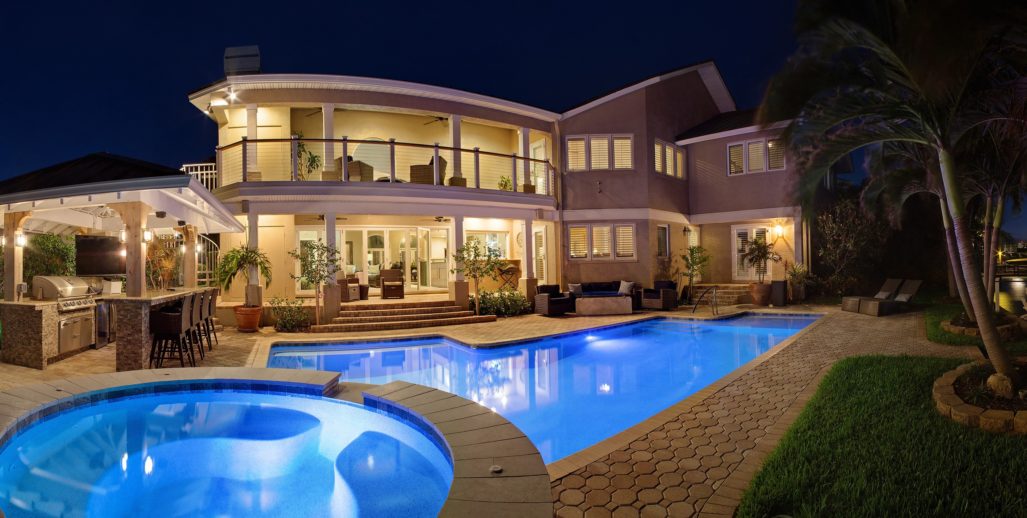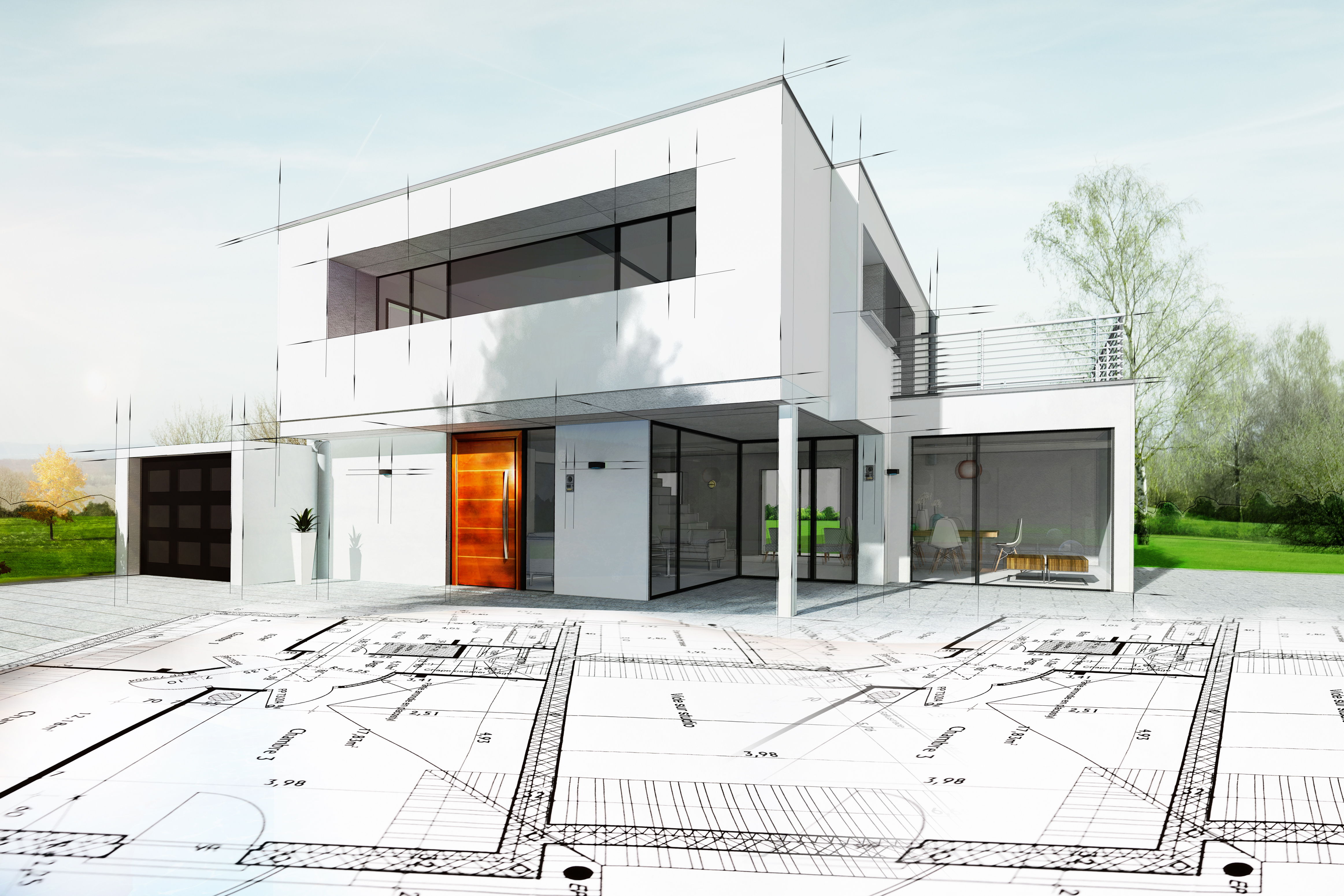Did you know Design-Build can actually save you money? You have probably heard that if you want to build a custom home, the first place to start is with an architect. Even Contractors will refer you to an architect if you don’t have blueprints done, because they need plans in order to give you a proper estimate. The trouble with this is that most architects are going to draw you whatever you want and will not give you much guidance on what things cost. So if you have a budget, you will likely experience sticker-shock when you bring your completed blueprints to your Contractor and find out it will cost you far more than you expected to build what you want.
At our company, we saw many tears and much frustration in our conference room when homeowners discovered that they could not afford to build what their architect had drawn them. Since our purpose is to make the building and renovating process less stressful and more enjoyable for homeowners, we decided there had to be a better way to help our clients create their dream homes within their budgets. Because, let’s face it, not everyone has the cash flow of Warren Buffett – and even Warren runs a tight budget. That is when we discovered Design-Build.
What is Design-Build?
Design-Build is a project delivery system in the construction industry in which one entity handles both the design and the build aspects of a construction project. This means that one company (in our case, the Contractor) runs the design and planning portion of the project in addition to the construction. Not only does this give both the Contractor and the homeowner more control, it saves the homeowner a ton of money.
The Tale of Two Construction Project
Here are two different scenarios to help explain the difference between the conventional way of doing construction, and the Design-Build method.
 In our first story, our homeowner (let’s call her Mrs. Jones) calls an architectural firm and tells them she would like to build her dream home. She pays them $30,000 and for that price they provide a complete set of blueprints drawn to her specifications. She tells them she wants a two-story, post-and-beam, craftsman style home with wood siding, a metal roof, specialty windows, custom-sized doors that look exactly like one she found on Pinterest, a large kitchen island with quartz countertops, a Wolf stove (which requires gas), wall-mounted faucets in every bathroom, and hardwood flooring throughout the house.
In our first story, our homeowner (let’s call her Mrs. Jones) calls an architectural firm and tells them she would like to build her dream home. She pays them $30,000 and for that price they provide a complete set of blueprints drawn to her specifications. She tells them she wants a two-story, post-and-beam, craftsman style home with wood siding, a metal roof, specialty windows, custom-sized doors that look exactly like one she found on Pinterest, a large kitchen island with quartz countertops, a Wolf stove (which requires gas), wall-mounted faucets in every bathroom, and hardwood flooring throughout the house.
Her architect will draw her exactly what she wants, stamp and seal those drawings, and send them off to her.
Then Mrs. Jones will take those blueprints to all the local Contractors and discover that the price is shockingly more than double what she expected!
So, she will return to her architect, tell them the home is too expensive, and ask them to scale back on some things so she can afford to build her dream home.
They will do this, of course – for another fee.
By the time she gets those drawings done, doing her best to select what she thinks is less expensive than her first choice (and spending hours doing research on her own), she discovers from the local Contractors that it is still $100,000 out of her budget. By this time, she has spent tens of thousands of dollars on architectural fees and still doesn’t have completed planning done. She gives up on her project and decides to just buy something already existing, even though it is not her dream home.
In scenario B, Mrs. Jones goes to a Design-Build Contractor and tells them she would like to build her dream home. She pays them $30,000, and their team of designers and architects do the following:
- Establish the scope of her vision for her home (called programming);
- Create a schematic design based on her specifications and present it to her with a rough price;
- If the schematic is not what she envisioned, or the rough price is too high, then revisions can be made in a manner that is far less expensive than changing a set of completed blueprints.
- Once she approves the schematic and the rough price, design development continues. Revisions are made and Mrs. Jones may decide to go with a shingle roof rather than a metal one; she may choose a less expensive set of windows and doors; and she may opt for engineered wood as opposed to authentic solid wood floors. She may decide to keep the Wolf stove but go with granite instead of quartz. Or perhaps she may decide on the more expensive options, but she will be making an informed choice – knowing and choosing to increase her budget.
- CD’s (Construction Documents) are then finalized, stamped and sealed by a Florida licensed architect, and presented to her with a full price for the project. Pricing and estimating would have been done along the way and the final price will be exact. Mrs. Jones then has a usable set of drawings and her completed planning is done and ready to be executed.
- The Design-Build team then proceeds with the project, getting the blueprints submitted for permits and launching the construction part of the project. The only change orders she would receive would be if she changed her mind about something or if there was an unforeseen condition (as in the case of a renovation). Because the Design-Build Contractor is responsible for the design and planning and the construction, then the responsibility for the entire project lies in their hands. The homeowner will not have to go back to her architect with questions or costly revisions if things come up during the project.
Scenario B is how we like to do things at Nelson Construction and Renovations. It allows the homeowner to make informed choices, saves a lot of time during construction, and usually costs less in the long run.
Balancing Your Budget Against What You Want
 One of the most difficult parts of our design process is when we hit the “rough price” phase. We have found that most homeowners have greatly skewed expectations when it comes to pricing in the construction industry. Perhaps it is the false impressions given by HGTV, or perhaps it is because a friend or family member who is a handyman gave an unrealistic expectation of price. We have spoken to many other Contractors who have experienced the same phenomenon.
One of the most difficult parts of our design process is when we hit the “rough price” phase. We have found that most homeowners have greatly skewed expectations when it comes to pricing in the construction industry. Perhaps it is the false impressions given by HGTV, or perhaps it is because a friend or family member who is a handyman gave an unrealistic expectation of price. We have spoken to many other Contractors who have experienced the same phenomenon.
The beauty of Design-Build, however, is that there are many options and we can help you make informed choices. If the rough price is too high, we will advise you on things you can do to scale back and lower the cost. Maybe you don’t need that third bedroom or office. Perhaps you can choose semi-custom as opposed to custom cabinetry. In the end, we want you to be happy with the decisions you made as well as the beauty of your home.
If You Already Have an Architect
Do you already have a set of blueprints done? Not to worry, we do estimate-only construction projects, as well. Give us a call and we’ll be happy to have our estimating team bid your project.



